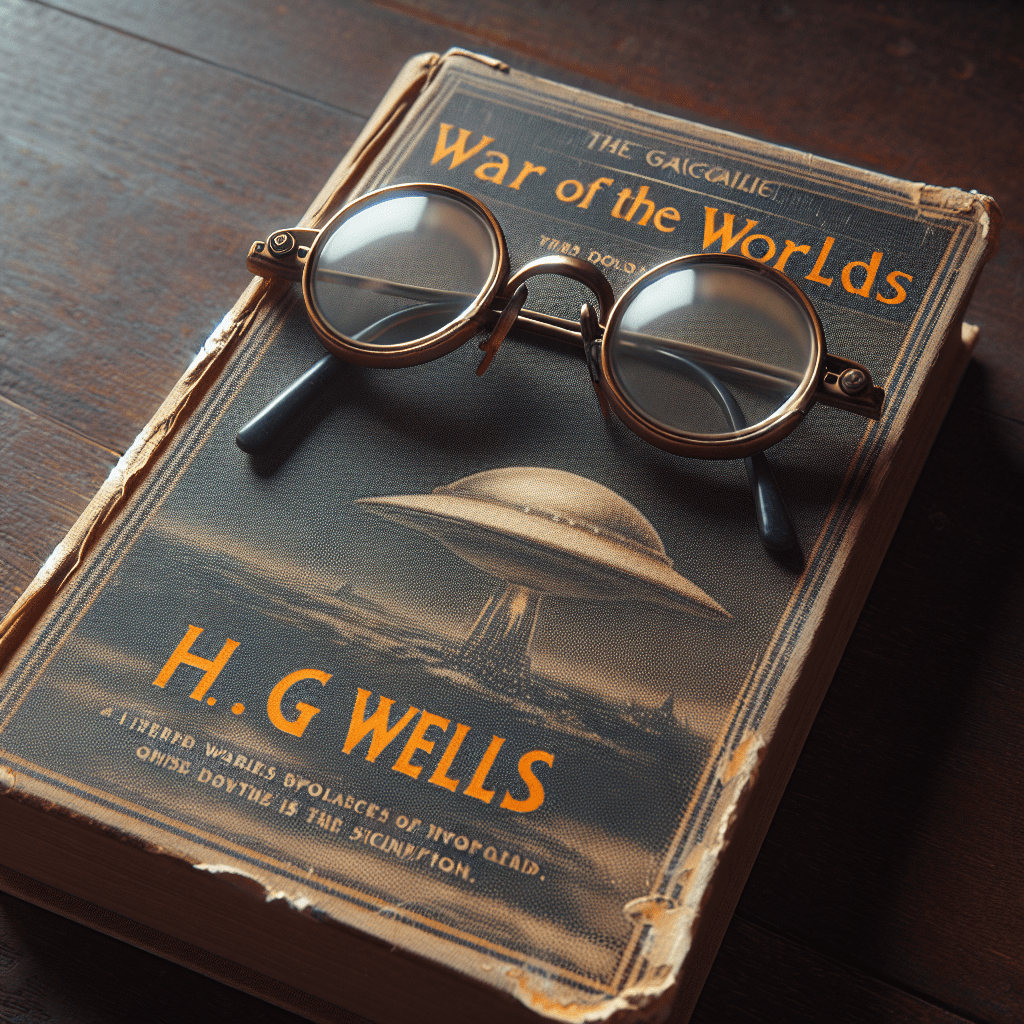Introduction
The topic at hand is the War of the Worlds, a famous science fiction novel written by H.G. Wells that was initially published in 1898. Also notable are the popular stage play adaptations and the well-known radio play that frightened listeners all across America in 1938, when it was broadcasted as part of the Mercury Theatre’s Halloween programming. This article will discuss the historical context of the novel, its impact on popular culture, the various adaptations, and its contemporary significance.
The Historical Context of War of the Worlds
War of the Worlds arrived in a cultural landscape that was rapidly changing due to technological advances. The novel capitalized on the era’s widespread fascination – and sometimes apprehension – with technology and the unknown. The industrial revolution was well under way, bringing forth an age of machinery—an era of great innovation, but also of great uncertainty.
In this era of change, many speculated about life beyond our planet. These concepts were leading edge at the time, and H.G Wells leveraged them to craft a novel that projected an innovative yet somewhat alarming image of a Martian invasion. The author crafted the advanced Martian civilization as a power superior to human technology, making the narrative groundbreaking for its time.
Impact on Popular Culture
Since its first publication, War of the Worlds has made a significant impact on popular culture. The novel’s concept of alien invasion established an entire subgenre of science fiction that inspired countless other works. This narrative has also played into collective societal fears, with the alien invasion serving as an allegory for numerous real-life anxieties, such as war, colonialism, and technological advancement.
The narration style Wells adopted, in which the story unfolds via a journalistic approach, has gone on to influence countless works in the genre. Using a first-person narrative and presenting the invasion as a series of factual incidents made the story more realistic and consequently, more frightening to its audience.
Adaptations of War of the Worlds
War of the Worlds has seen numerous adaptations across diverse media over the years. The most famous of these adaptations, however, came in 1938 when Orson Welles broadcasted a radio adaptation of the novel on the Mercury Theatre on the Air. The broadcast was so realistic that it famously caused panic amongst listeners who believed a real Martian invasion was occurring. This radio adaptation is a significant historical event that underlines the power of media and public reaction.
The novel has also been adapted into several films, the most well-known being the 1953 American Technicolor science fiction film and the 2005 Steven Spielberg’s version starring Tom Cruise. Each adaptation reflects changing societal values and fears over time while maintaining the core concept of the original novel.
Current Significance and Influence
Even today, the impact of War of the Worlds can be seen across various works of fiction, especially within the science fiction genre. The theme of alien invasion continues to be a popular trope in many films, books, and video games.
Perhaps most importantly, War of the Worlds continues to inspire discussion about how society reacts to threats and the concept of ‘the Other.’ Amidst the fast-paced technological advancements of today and the constant exploration of outer space, the novel still holds relevance with its underlining themes.
Notes
Image description
The image accompanying this article is a weathered, slightly yellowed paperback copy of the novel War of the Worlds by H.G. Wells. It lies flat on a dark wooden table with a pair of vintage round spectacles resting on top. This image captures the timeless appeal of the novel and its deep-rooted influence on science fiction.
